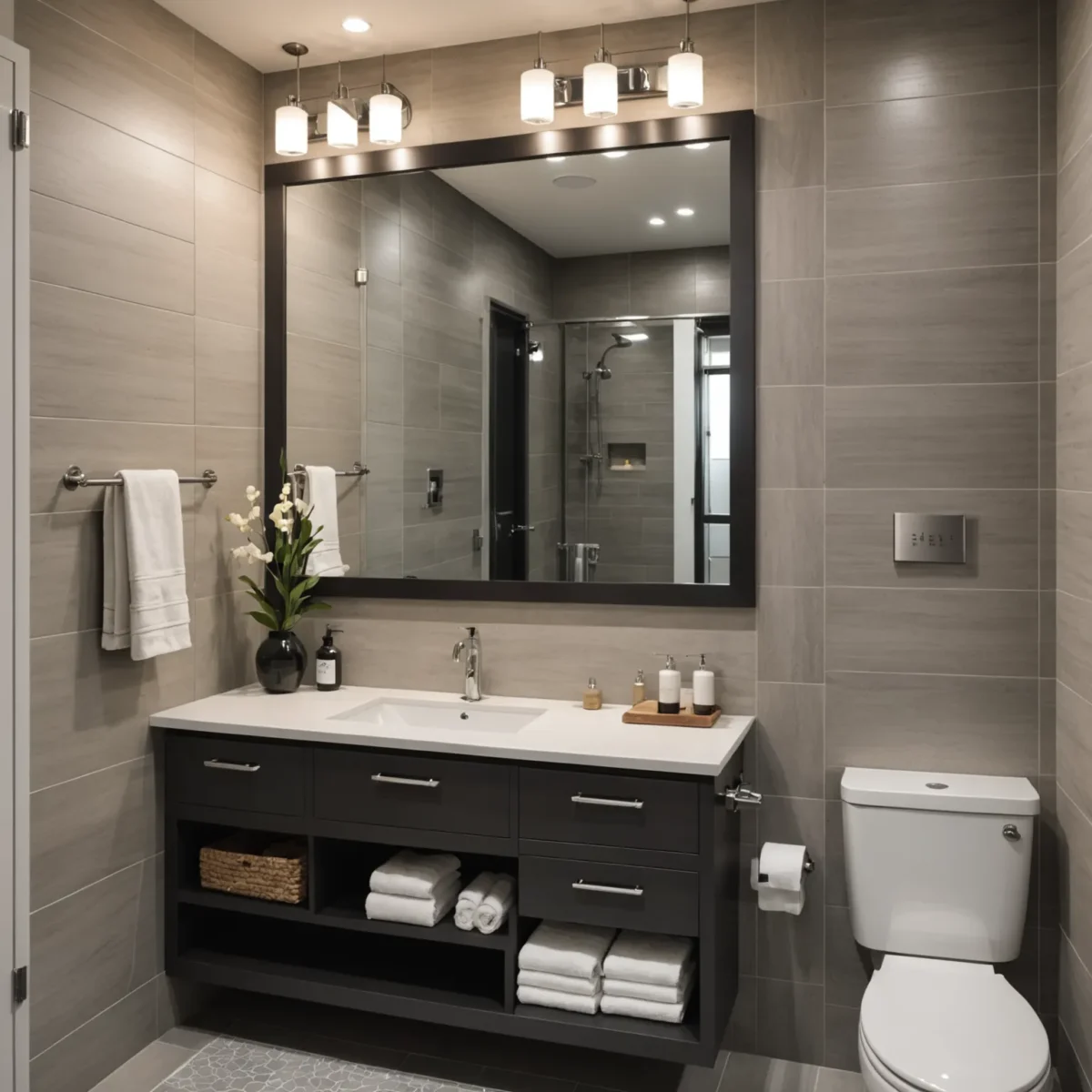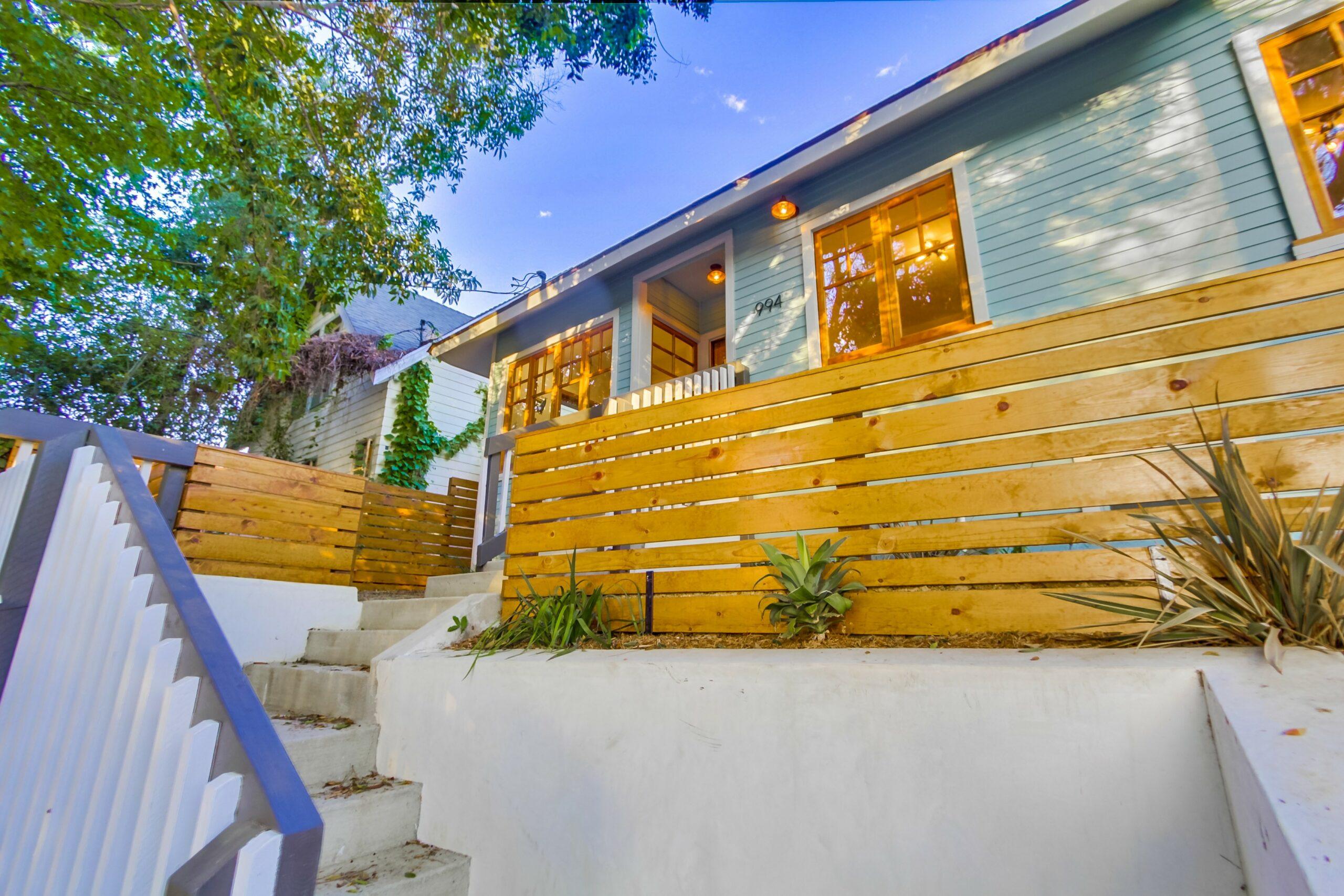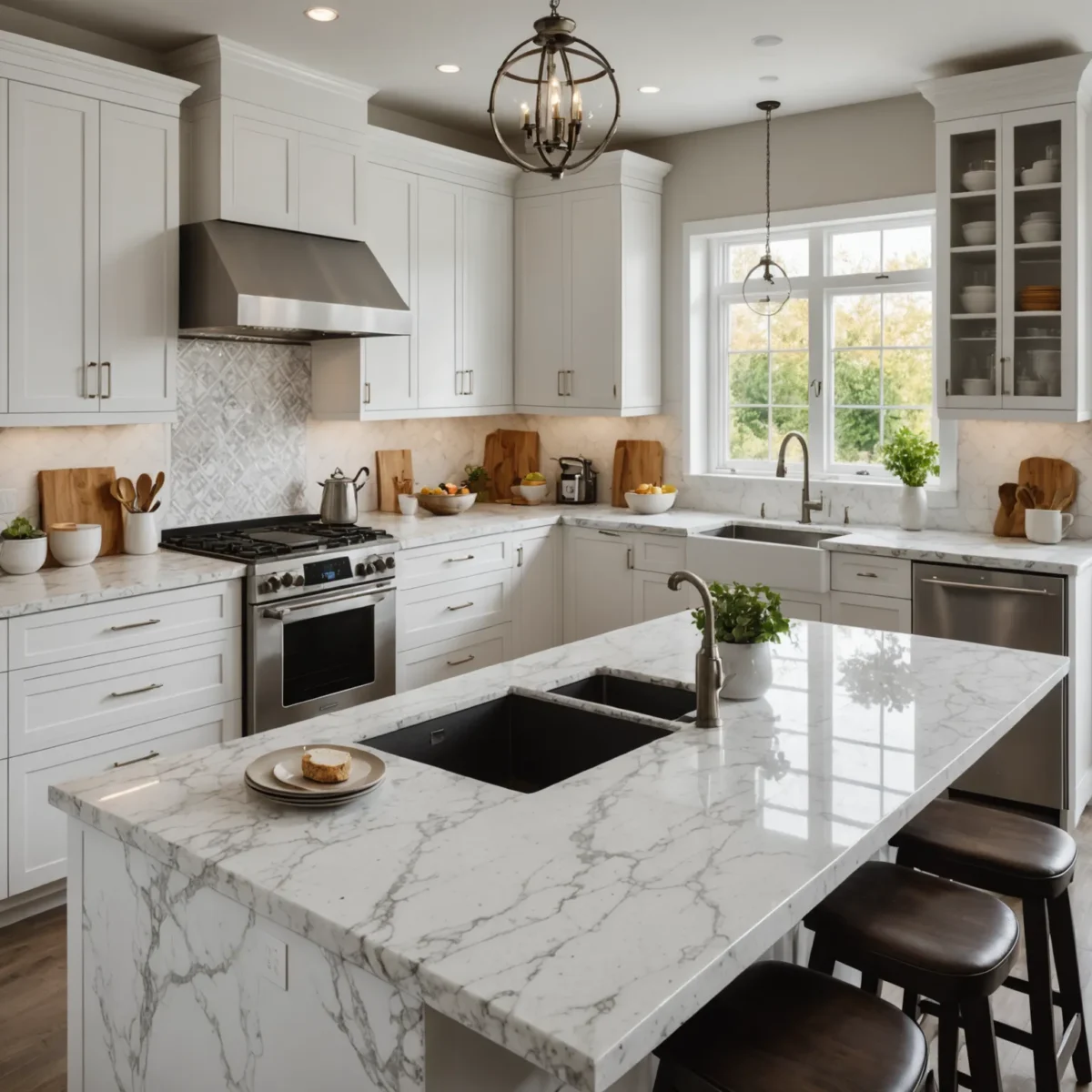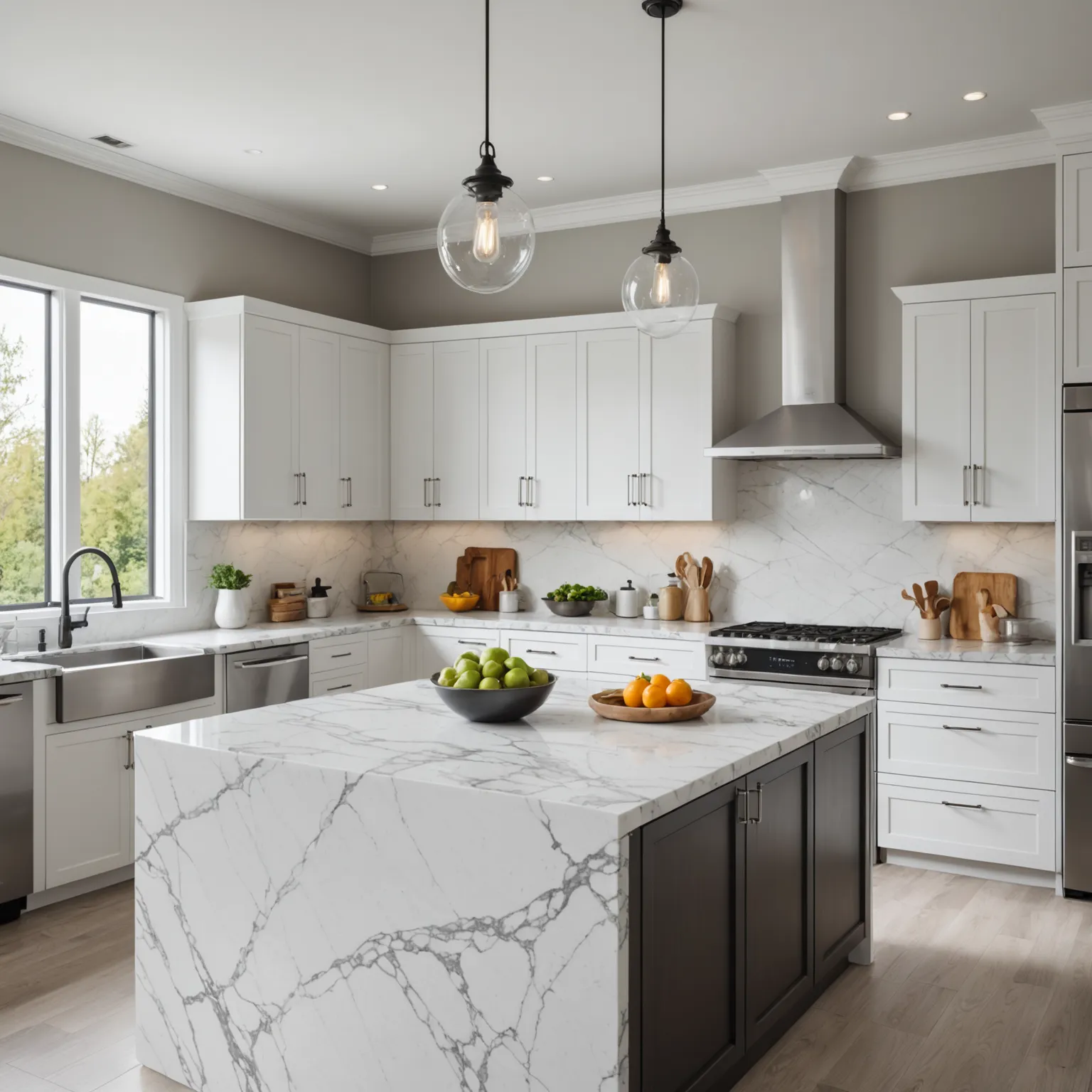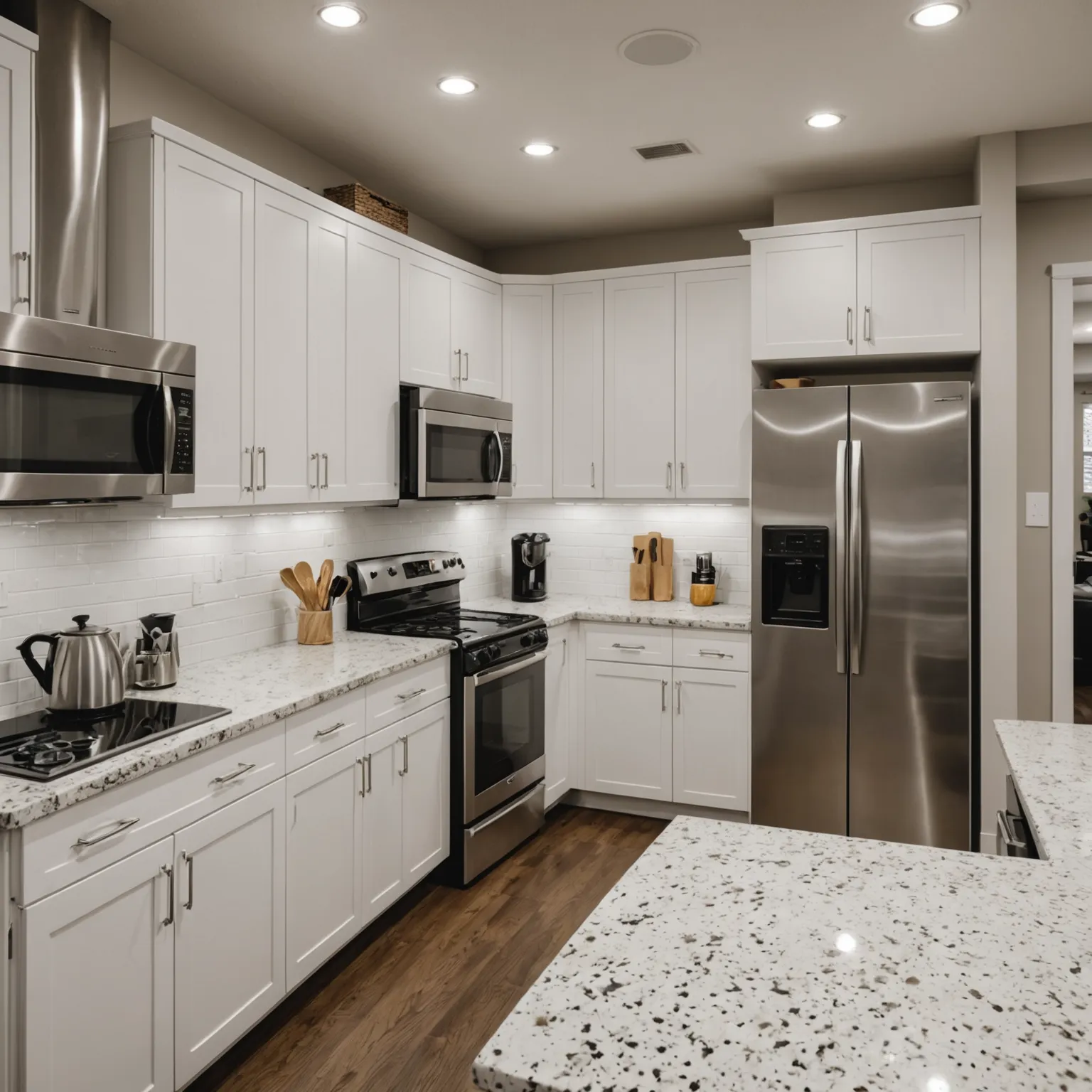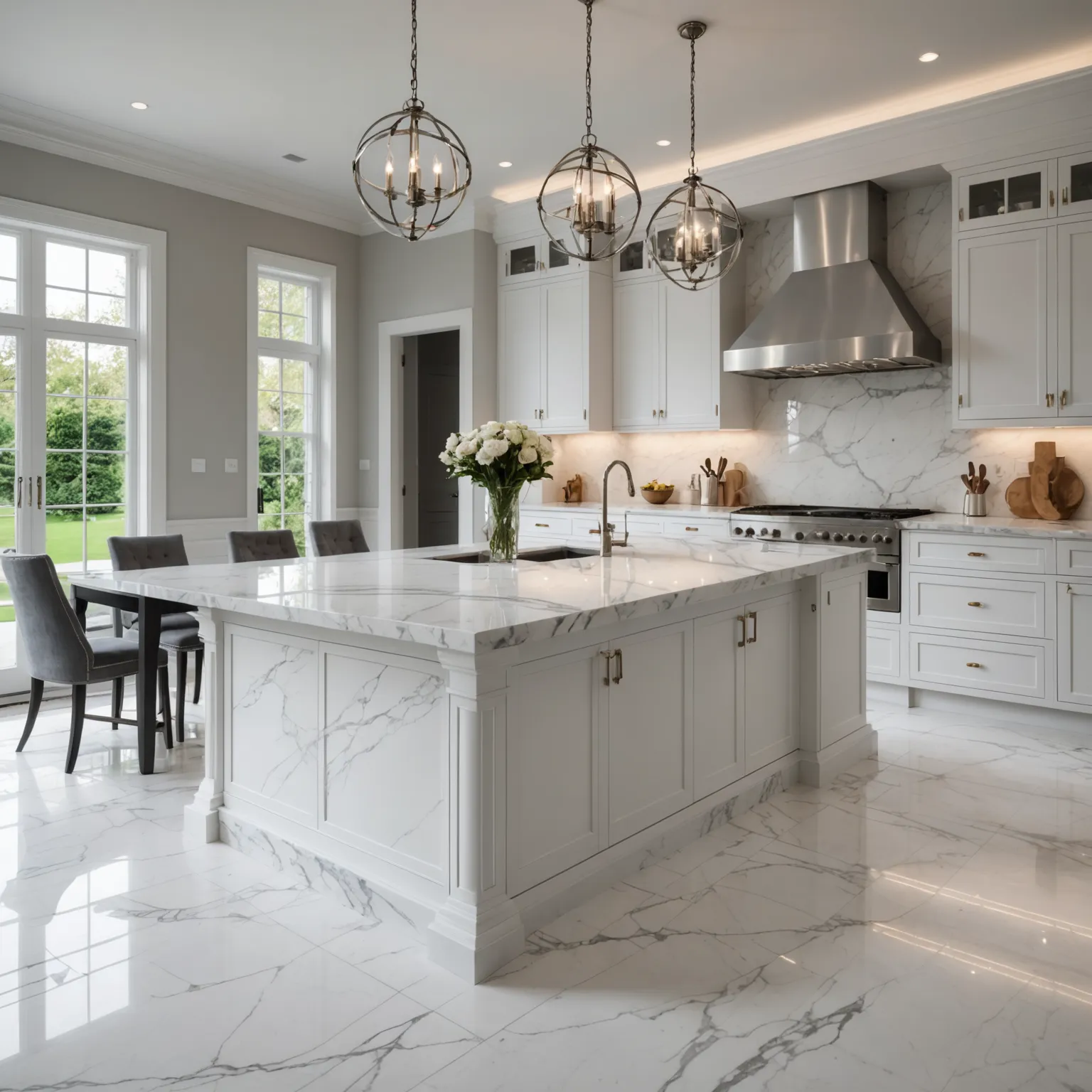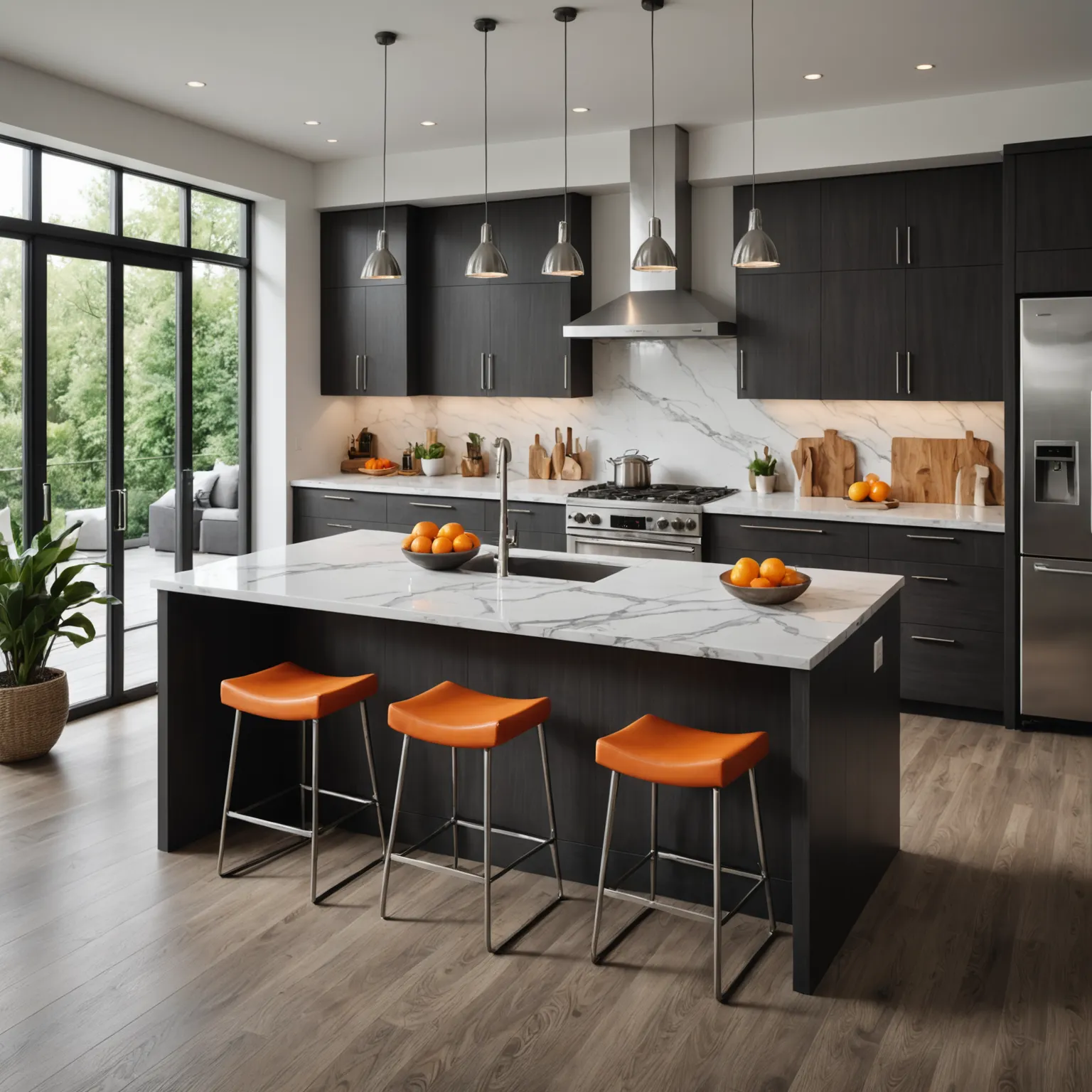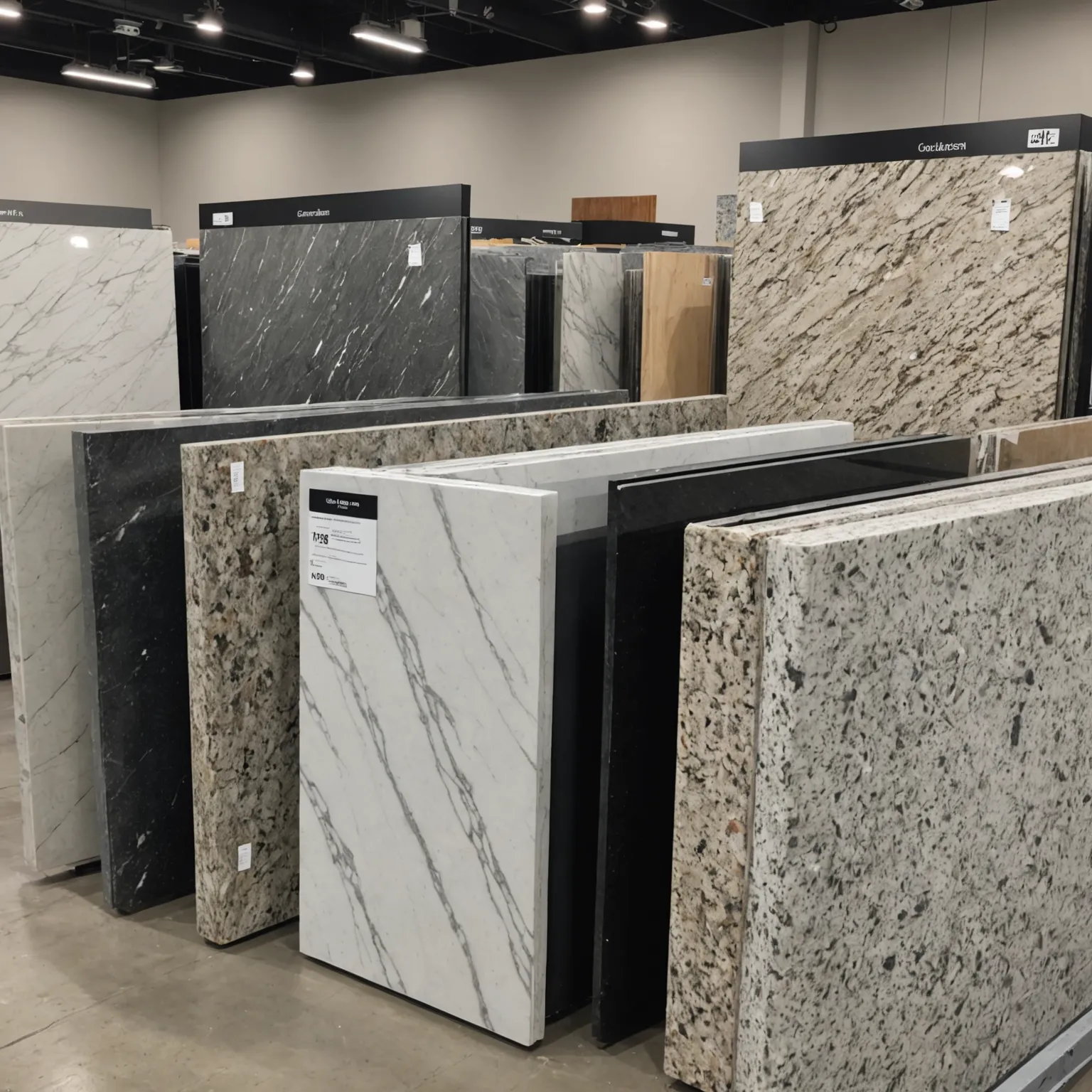Introduction: Understanding Bathroom Renovation Costs
Planning a small bathroom remodel is both an exciting opportunity and a complex project. Many homeowners begin by asking themselves: how much to renovate a small bathroom, and what exactly influences the price? The truth is that the small bathroom remodel cost can vary dramatically depending on the quality of materials, the scope of work, and the contractors you hire. A thoughtful approach to planning ensures that your investment not only enhances functionality but also significantly boosts the resale value of your property.
Compact bathrooms might seem easier to renovate than large master baths, but they often come with their own challenges. Space optimization, clever storage solutions, and careful material selection are key to creating a beautiful and practical space. Even minor upgrades such as replacing outdated lighting, upgrading faucets, or adding a sleek floating vanity can elevate the look and feel of your bathroom. Understanding the scope of your renovation upfront helps you balance style, efficiency, and functionality. In many cases, smaller projects can require more detailed planning and precision, which may impact timelines and overall complexity.
Another factor to consider is design trends. Modern small bathrooms often feature frameless glass showers, oversized tiles that create the illusion of more space, and water‑efficient fixtures. Popular small bathroom upgrade ideas include statement mirrors, backlit vanities, and neutral color palettes that enhance brightness. Choosing the right combination of upgrades can transform a basic space into a stylish, spa‑like retreat without exceeding your average bathroom remodel budget.
Tip: In many U.S. cities, a well-planned small bathroom remodel can return 60–70% of its cost in increased home value, making it one of the most cost‑effective interior renovations.
Before starting, it’s essential to define your goals: do you want a quick refresh, a mid‑range renovation, or a high‑end transformation? Clarifying your objectives will help you choose the right materials, estimate the price to remodel 5×8 bathroom spaces, and avoid unexpected expenses. With a clear plan and realistic expectations, your small bathroom remodel can be a rewarding project that enhances your daily comfort and long‑term investment.
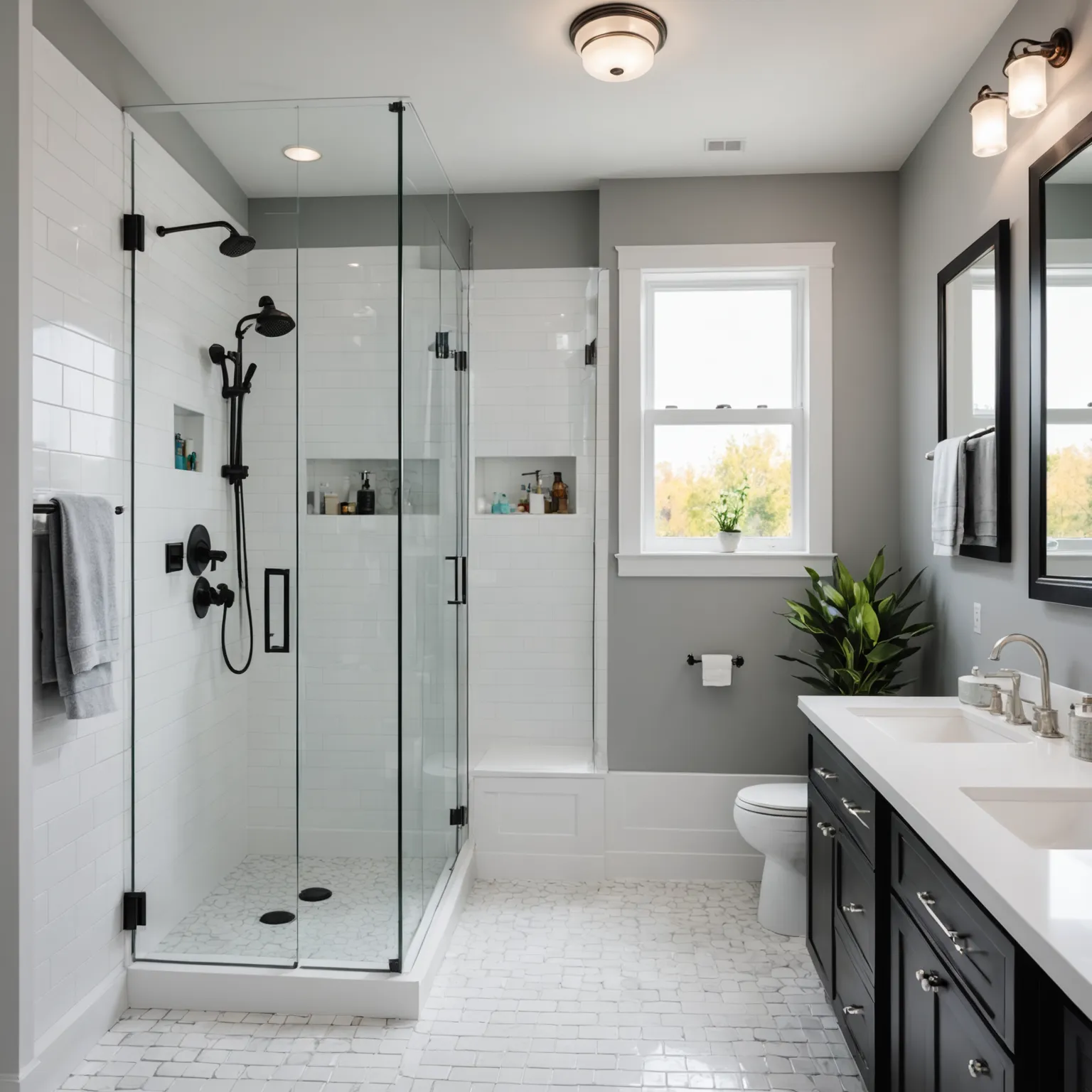
Key Cost Factors for a Small Bathroom Remodel
Several variables influence the cost of bathroom remodeling. By understanding these factors in detail, you can create a realistic budget, prevent unexpected expenses, and prioritize upgrades that deliver the highest return on investment. Whether you are planning a simple refresh or a complete transformation, knowing the main cost drivers helps avoid common pitfalls.
1. Size and Layout of the Bathroom
The size and layout are the foundation of your bathroom renovation cost estimate. A 5×8 bathroom is one of the most common small layouts, but the price can vary dramatically depending on how much you alter the existing structure. If you keep the same footprint, with the toilet, shower, and vanity in their original positions, the price to remodel 5×8 bathroom stays on the lower end. Any change that involves moving walls, expanding space, or relocating plumbing lines adds complexity and cost.
Bathrooms with irregular layouts or multiple corners often require additional tile cutting, custom fixtures, and extended labor hours, which further increase the total small bathroom remodel cost. Conversely, rectangular bathrooms with standard dimensions are faster and cheaper to renovate.
2. Materials and Finishes Selection
Materials and finishes are where costs can swing significantly. High‑end marble tiles, quartz countertops, and designer vanities can quickly raise your average bathroom remodel budget. Meanwhile, practical options like ceramic tiles, acrylic tubs, and prefabricated vanities help you stay within an affordable range. The choice depends on your desired aesthetic and how long you plan to stay in the home.
- Ceramic or porcelain tiles – cost‑effective, water‑resistant, and available in countless styles.
- Luxury natural stone tiles – provide a spa‑like feel but come with higher maintenance and cost.
- Prefabricated vanities and shower kits – reduce installation time and are ideal for an affordable bathroom remodel.
- Custom cabinetry or stone slabs – add uniqueness but significantly raise the overall investment.
Tip: Mixing high‑impact statement pieces, like a luxury vanity top, with budget‑friendly wall tiles can create a designer look without overspending.
3. Labor and Contractor Rates
Labor usually represents 40–60% of the total small bathroom remodel cost. Hiring experienced contractors ensures quality work and compliance with local building codes, which is especially important in cities like Los Angeles where permit requirements are strict. Labor rates depend on experience level, project complexity, and timeline expectations.
While DIY can reduce labor expenses, professional contractors handle plumbing, waterproofing, and electrical tasks more efficiently and with fewer risks. In areas with high living costs, professional rates are higher, but they provide peace of mind, warranty coverage, and often a faster turnaround.
4. Plumbing and Electrical Updates
One of the biggest cost variables is whether you need to update or relocate plumbing and electrical systems. Moving a sink, shower, or toilet requires new pipes, fittings, and often structural adjustments. Upgrading wiring to support modern lighting or heated floors can also raise your bathroom plumbing cost and overall budget.
- Keeping fixtures in place saves time and money.
- Upgrading old plumbing ensures longevity but adds cost.
- Adding GFCI outlets and better lighting enhances safety and comfort.
Understanding these four key factors allows you to better control the scope of your renovation. By carefully choosing layout adjustments, materials, and contractor services, you can achieve a beautiful result without unnecessary overspending.

Cost Breakdown by Category
Understanding a detailed cost breakdown is essential for anyone planning a small bathroom remodel. While the total bathroom renovation cost estimate depends on design choices and labor rates, breaking the expenses into categories makes budgeting easier and more transparent. Below is a cost comparison for a typical 5×8 bathroom remodel in Los Angeles versus the national average. This breakdown covers key phases such as demolition, plumbing, flooring, fixtures, and finishing work.
By analyzing these categories, homeowners can see exactly where their average bathroom remodel budget will be spent and identify opportunities to save without compromising quality. Costs vary not only by city but also by the complexity of the project, the condition of existing plumbing, and the quality of selected materials.
| Category | Typical Impact on Budget | Notes |
|---|---|---|
| Demolition | Low → Moderate | Depends on scope of work and disposal fees |
| Plumbing Upgrades | Moderate → High | Relocating fixtures, replacing old pipes, preparing for modern fittings |
| Tile & Flooring | Moderate → High | Material choice plus complexity of layout and cuts |
| Fixtures & Vanity | Low → High | Ranges from basic to premium solutions |
| Painting & Finishing | Low → Moderate | Final appearance, impacts perceived quality |
From this table, you can see that labor and materials for tile and flooring make up a large portion of any small bathroom remodel. Costs are influenced by factors such as contractor rates, material choices, and project complexity. However, homeowners can manage an affordable bathroom remodel by carefully selecting materials, reusing existing plumbing layouts, and planning finishes strategically.
For example, bathroom demolition may seem straightforward, but it often includes removing old tiles, fixtures, and occasionally addressing hidden water damage. Plumbing upgrades are necessary when replacing outdated pipes or installing modern water‑saving fixtures. Tile & flooring is the most visible investment, directly influencing your bathroom’s aesthetics and resale value. Fixtures and vanities add functionality and style, while painting and finishing work provide the final polish to complete the transformation.
Tip: Creating a detailed category-based budget helps prevent overspending and allows you to adjust design choices before construction begins.
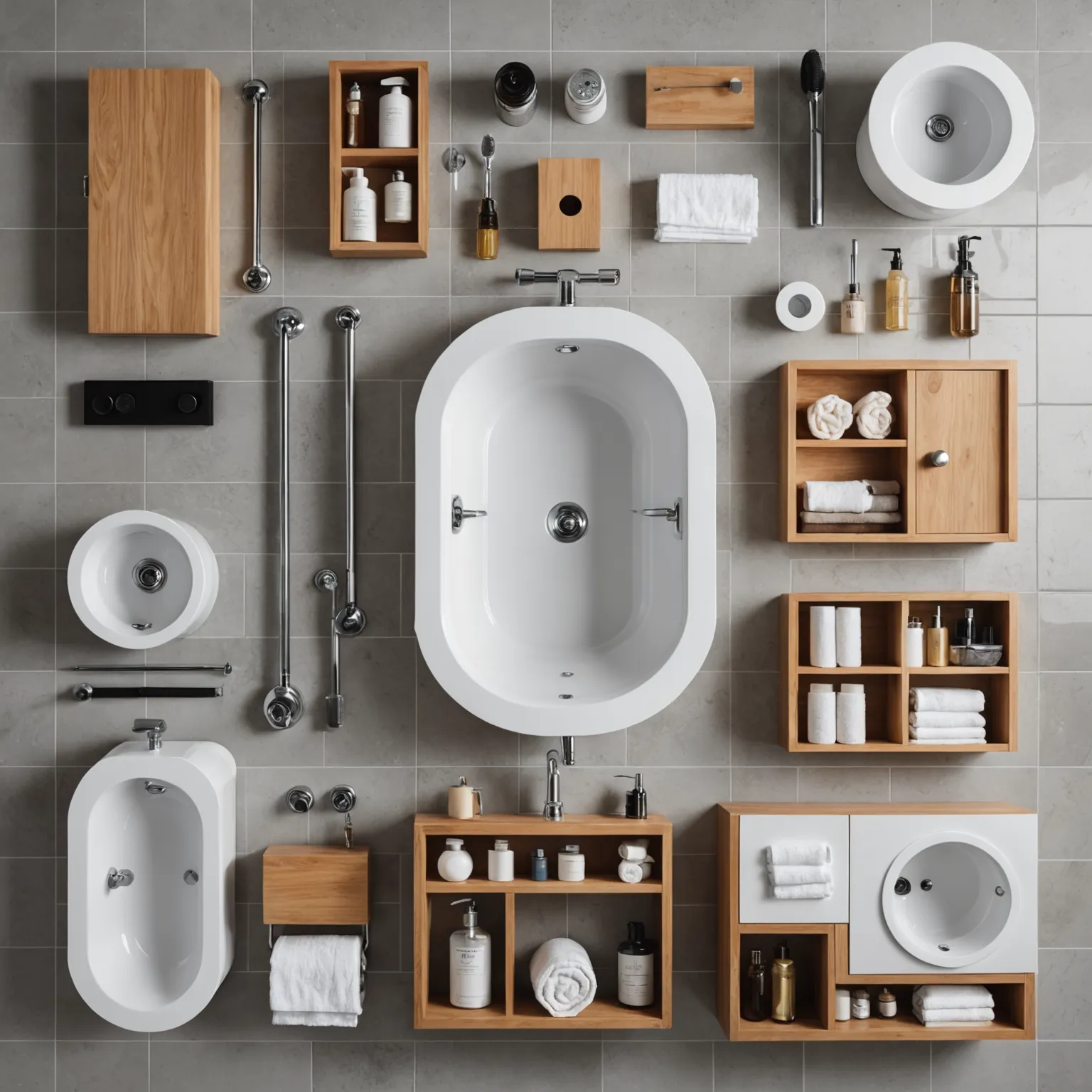
By reviewing this breakdown, you can make informed decisions, allocate your budget wisely, and maximize the return on your small bathroom renovation. Knowing which areas consume the largest portion of your investment empowers you to combine style and functionality without breaking the bank.
Average Cost of a 5×8 Bathroom Remodel
The average bathroom remodel budget for a standard 5×8 space can vary widely based on factors such as material choices, labor requirements, and the overall scope of work. A simple cosmetic upgrade with fresh paint, updated fixtures, and improved lighting will generally be on the more economical side, while a full renovation with premium tiles, luxury vanities, and upgraded plumbing fixtures will fall into a higher investment range.
Several elements influence the final bathroom renovation cost estimate. High-end upgrades such as marble tile, frameless glass shower doors, or heated flooring significantly increase the overall price. On the other hand, homeowners who select durable yet affordable materials like porcelain tiles, laminate vanities, and standard fixtures can maintain a more affordable bathroom remodel while still achieving a stylish look.
Labor also plays a major role in the price to remodel 5×8 bathroom spaces. Contractor rates can vary depending on experience, project complexity, and permit requirements. Professional labor ensures compliance with building codes and often speeds up project completion, while DIY work or partial self-installation can reduce costs if done carefully.
Another factor to consider is how upgrades affect property value. Small bathroom remodels typically offer one of the highest returns on investment among home improvement projects. Features like energy-efficient fixtures, modern storage solutions, and water-saving toilets can increase appeal for future buyers.
Expert Insight: A well‑executed 5×8 bathroom remodel often recoups 60‑70% of its cost at resale, and strategic upgrades—like a walk‑in shower or double vanity—can further enhance ROI.
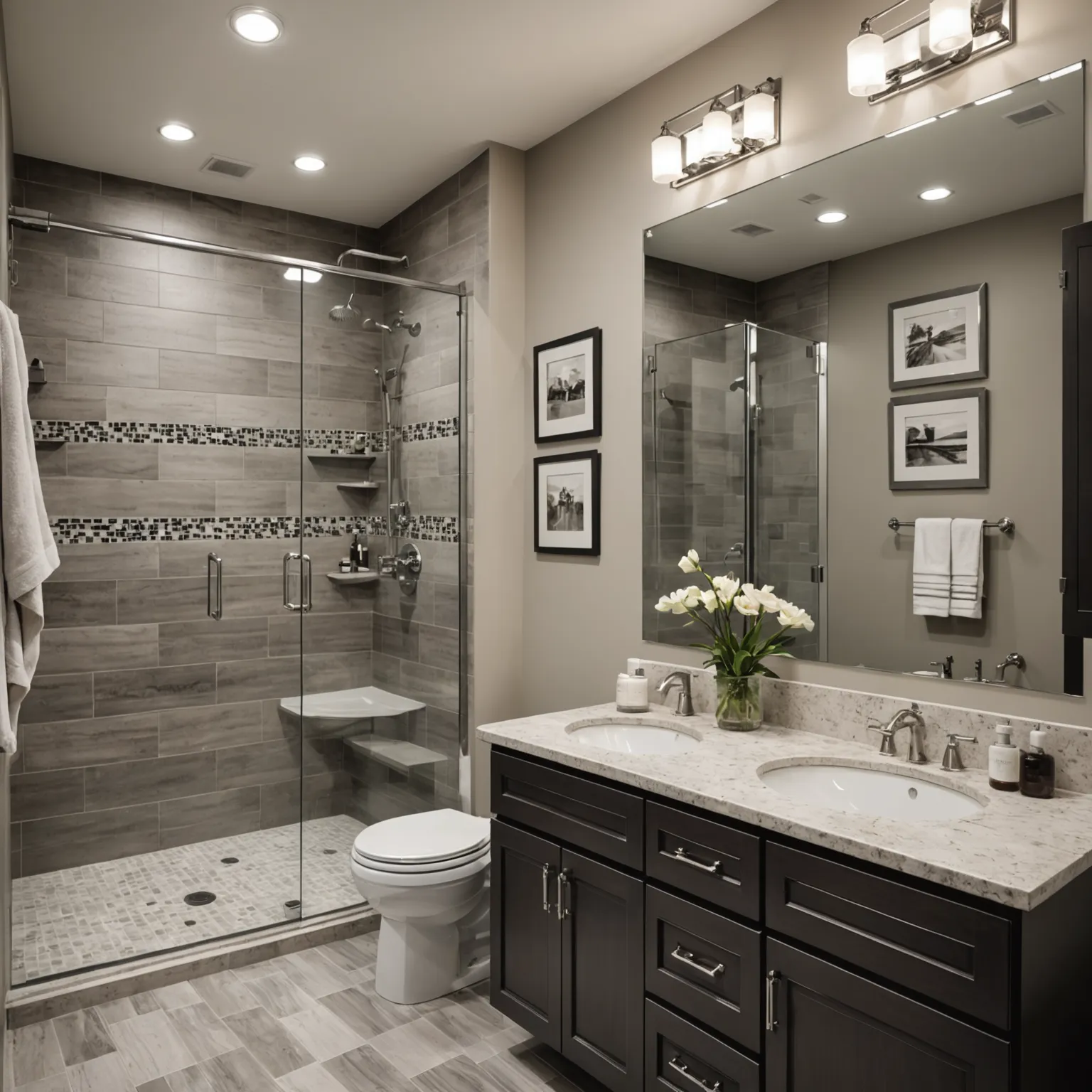
When planning your budget, it’s best to factor in a 10‑15% contingency for unexpected expenses such as hidden water damage, mold treatment, or plumbing upgrades. By combining realistic expectations with strategic design decisions, homeowners can create a beautiful, functional bathroom that fits their budget and enhances long‑term property value.
Ways to Save on a Small Bathroom Renovation
Lowering your overall small bathroom remodel cost is entirely possible with careful planning, strategic material selection, and smart project management. Even if your budget is tight, implementing cost‑saving techniques can help you achieve a stylish and functional bathroom without sacrificing quality. Below are some practical strategies to make your remodel more affordable.
- Choose mid-range materials like porcelain or ceramic tiles instead of premium marble or granite. These options are durable, water‑resistant, and available in countless finishes that mimic high‑end materials.
- Reuse existing plumbing locations to avoid costly relocations of the toilet, shower, or sink. Maintaining the original layout is one of the easiest ways to keep labor and bathroom plumbing cost low.
- Mix DIY and professional work—tasks like painting, basic demolition, or installing simple fixtures can be handled yourself, while plumbing and electrical jobs should be left to licensed professionals.
Other small bathroom upgrade ideas include refinishing instead of replacing expensive elements. For example, reglazing a bathtub or refreshing cabinet doors can give your bathroom a brand‑new look at a fraction of the cost. Upgrading to LED lighting and water‑saving fixtures will also reduce long‑term utility bills, improving the value of your investment over time.
- Refinish bathtubs and sinks instead of buying new ones.
- Use floating shelves or open storage to maximize space efficiently.
- Shop for discounted fixtures or seasonal sales at home improvement stores.
Tip: Even a partial renovation—such as updating flooring, lighting, and a few fixtures—can significantly refresh the look of a small bathroom. Strategic updates not only improve daily comfort but can also enhance your home’s overall appeal and market value.
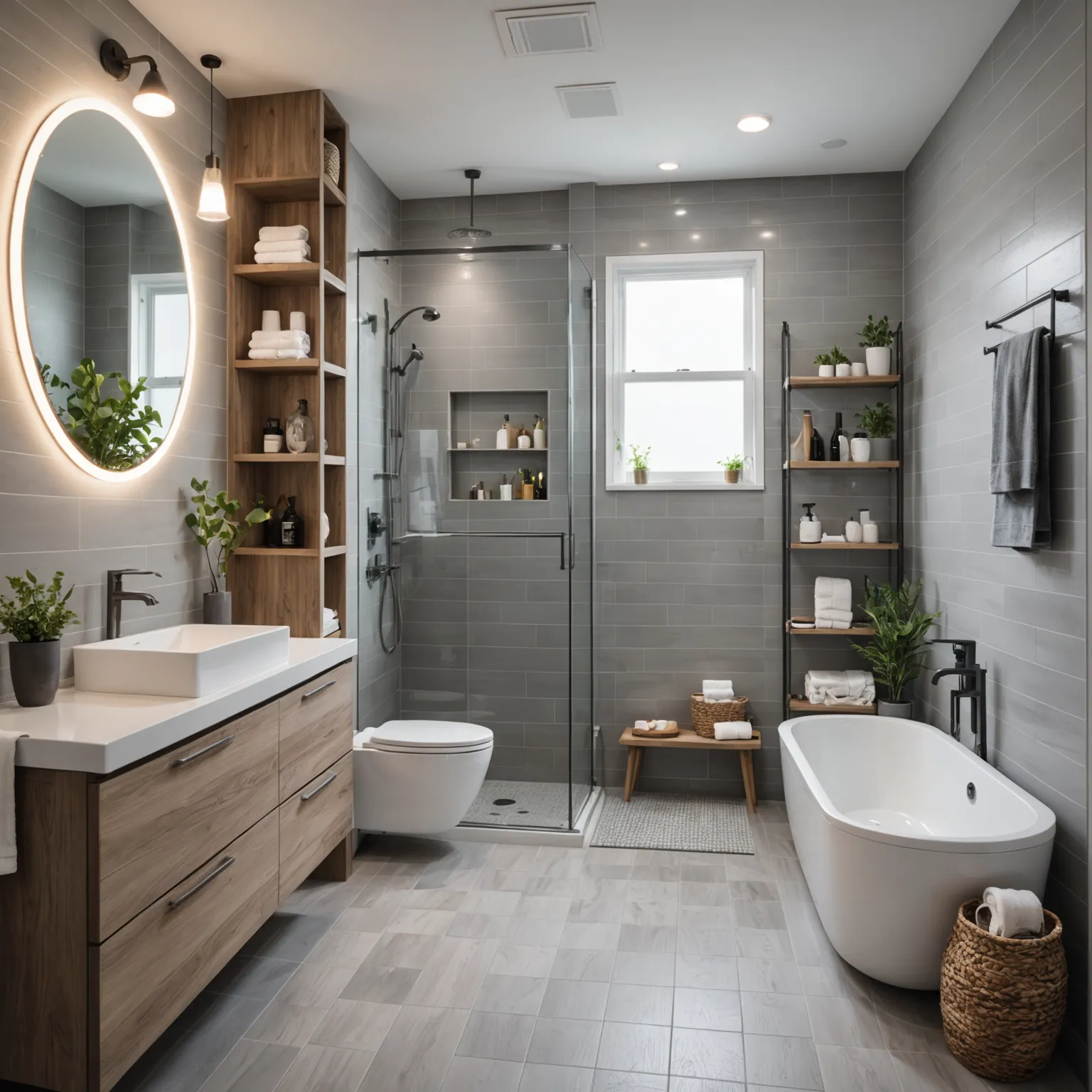
For homeowners seeking additional flexibility, consider financing options that allow you to spread payments over time. Our bathroom remodeling team can also help you create a personalized plan that maximizes your budget while achieving the look and functionality you want. Combining strategic choices, smart timing, and selective DIY work ensures your affordable bathroom remodel delivers the best value.
Timeline and Hidden Costs
A typical timeline for small bath renovation is about 2–3 weeks from initial demolition to the final inspection, assuming all materials are in stock and no major structural issues arise. However, many projects extend to 4–6 weeks, especially if custom tiles, specialty fixtures, or permit approvals are required. Understanding the realistic timeline helps homeowners set expectations and plan their living arrangements during the remodel.
Hidden costs are another critical factor to consider in your bathroom renovation cost estimate. These expenses often surface when walls, floors, or plumbing are opened up, revealing issues that were not visible during the initial inspection. Planning a 10–15% contingency in your average bathroom remodel budget ensures you are prepared for these surprises without causing financial stress.
- Permit fees and inspections – Most cities require permits for plumbing or electrical changes, which can add extra time and cost to your project.
- Water damage repairs or mold treatment – Common in older bathrooms, these issues may require remediation before renovation work can proceed.
- Unexpected plumbing or electrical upgrades – Outdated systems often need updates to meet current safety codes.
- Delivery delays for custom materials – Special‑order tiles, vanities, or shower doors can extend the overall timeline.
Tip: Conduct a thorough pre‑remodel inspection to identify potential issues early. Addressing minor leaks, ventilation problems, or outdated wiring before demolition can prevent expensive delays later.
Working with experienced contractors minimizes the impact of hidden costs and timeline extensions. Professional teams can anticipate challenges, handle permit requirements efficiently, and coordinate multiple trades to keep your small bathroom remodel cost under control. If your home has aging plumbing, electrical wiring, or previous water damage, allocate extra time in your schedule for potential repairs.
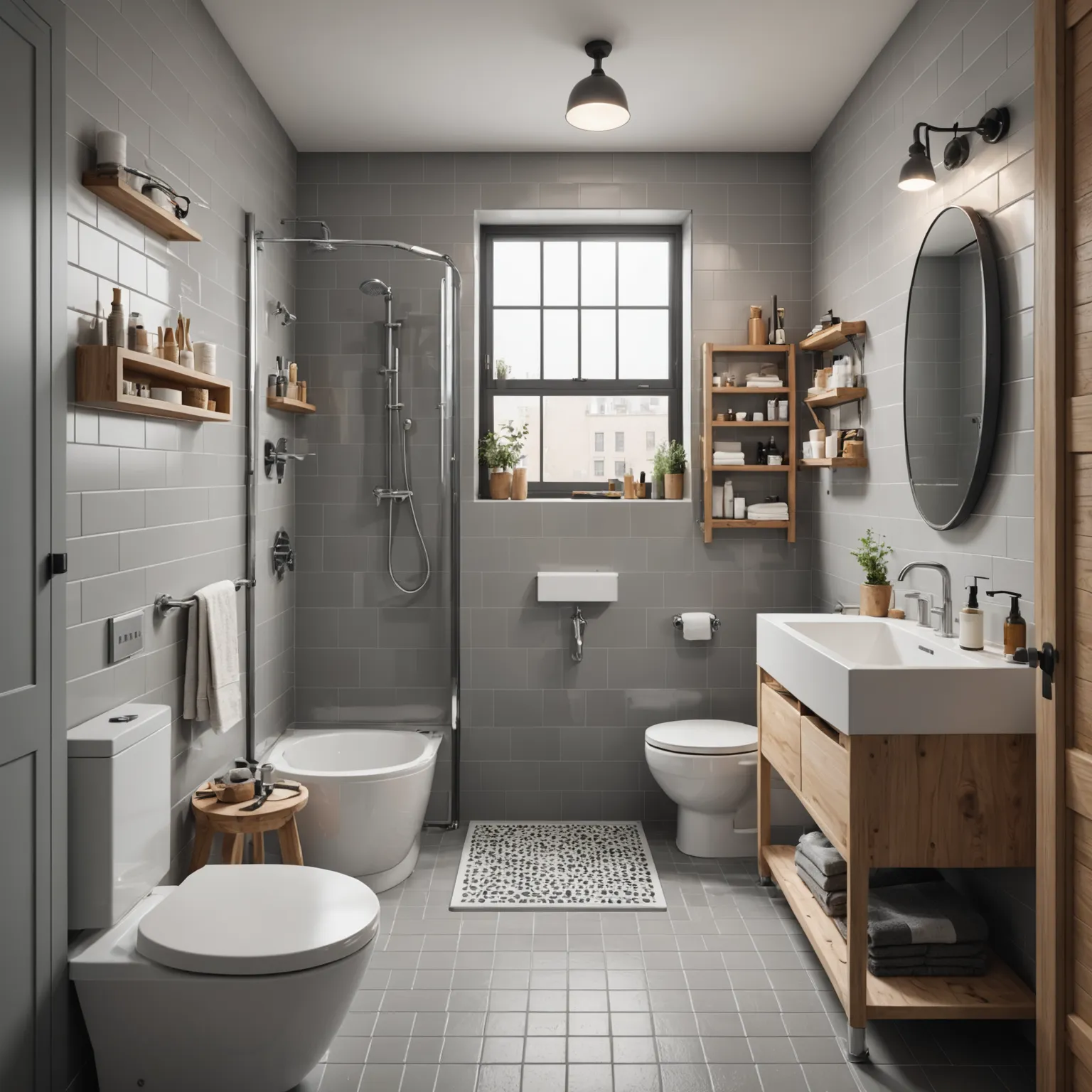
To ensure a smooth process, coordinate material purchases in advance, obtain all necessary permits early, and rely on professional home remodeling and interior remodeling services. Proper planning prevents last‑minute surprises and helps complete your renovation on time and within budget.
FAQ
1. How much does a small bathroom remodel cost?
The cost of a small bathroom remodel depends on the materials chosen, the complexity of the work, and the quality of craftsmanship. Opting for mid-range fixtures, durable porcelain tiles, and retaining the existing layout can help maintain an affordable bathroom remodel while still delivering great style and function. Upgrading to premium finishes, luxury vanities, or making significant structural changes will typically increase your bathroom renovation cost estimate and extend the overall project scope.
2. What is the average cost of remodeling a 5×8 bathroom?
The cost to remodel a 5×8 bathroom is influenced by contractor expertise, permit requirements, material selection, and the complexity of the renovation. Factors such as tile and fixture upgrades, plumbing modifications, and labor all play a significant role in the final investment. Projects that require moving plumbing lines or adding custom cabinetry typically increase the overall scope and timeline of the remodel, while retaining the existing layout and choosing efficient materials can help keep the project more streamlined.
3. What factors affect the cost of bathroom remodeling?
Several factors influence the cost of bathroom remodeling in LA, including labor rates, permit requirements, material choices, and plumbing or electrical upgrades. Small bathrooms cost less overall but may require premium solutions for storage and layout. Common hidden costs include water damage repair, mold treatment, and updating old plumbing systems. Planning for a 10–15% contingency in your bathroom renovation cost estimate helps prevent budget overruns.
4. How can I save money on a small bathroom renovation?
To lower your small bathroom remodel cost, focus on smart planning and material selection. Choose mid-range tiles, reuse existing plumbing locations, and combine DIY tasks like painting or demolition with professional installation. Other small bathroom upgrade ideas include refinishing bathtubs instead of replacing them and purchasing fixtures during seasonal sales. By following these strategies, you can achieve a stylish yet affordable bathroom remodel without compromising quality.
5. Is it better to DIY or hire a professional for a small bathroom remodel?
A contractor vs DIY bathroom remodel decision depends on your skills, budget, and project complexity. DIY can save money on painting, demolition, and installing simple fixtures, reducing labor in your average bathroom remodel budget. However, plumbing and electrical work require licensed professionals to ensure safety and compliance with local codes. Most homeowners find a hybrid approach—DIY cosmetic tasks and professional installation for critical systems—to be the most efficient and cost-effective.
6. What are the most common hidden costs in a small bathroom remodel?
Hidden costs often include bathroom plumbing cost for pipe relocation, water damage repairs, and mold treatment. Additional expenses can arise from permit fees, outdated wiring upgrades, or delays due to custom materials. Factoring these potential issues into your bathroom renovation cost estimate ensures you avoid unexpected financial strain. Setting aside a contingency fund of 10–15% of the total budget is recommended.
7. What upgrades offer the best return on investment?
In a small bathroom, the upgrades with the highest ROI include modern tile and flooring, water‑saving fixtures, and stylish vanities with smart storage. These small bathroom upgrade ideas not only improve daily functionality but also boost resale appeal. Nationwide, small bathroom remodels often recoup 60–70% of their cost, making them one of the most cost‑effective home remodeling projects.
8. How long does a small bathroom remodel take?
The typical timeline for small bath renovation is 2–3 weeks for a straightforward remodel and 4–6 weeks for projects involving permits, structural changes, or custom materials. Working with professional bathroom remodeling experts can reduce delays, manage bathroom plumbing cost efficiently, and ensure your affordable bathroom remodel finishes on time.


